Two shows at the University of Maine Museum of Art in Bangor struck me as an unlikely but surprisingly well-matched pair. Jared Cowan’s “The Life of David” is a small installation comprising impressive bronzes, photography and video components to convey a biographical sketch of Emilio David Mazzeo, (1920-1997) an Olympic runner whose lower legs were amputated later in life.
The subject was a relative of Cowan, the proprietor of Asymmetrick Arts in Rockland, so the narrative is more nostalgic literalism than the expected approach of inspirational storytelling. The exhibition copy announces an inspirational approach, but it’s something more physically personal, like a memorial. The expectations of a memorial quietly, but drastically, raise the stakes: The installation might not work if Cowan’s technique and sense of bronze sculpture weren’t so strong. (The wooden piece, “Doorway on Talbot Avenue,” doesn’t surpass this unspoken standard.) Particularly notable is “Untitled,” a cast bronze pelvis with footless legs on which sits a video showing a surgeon’s view of arthroscopic procedure. Cowan’s earnestness is at first the work’s awkward question and then, in time, its graceful redemption.
Massachusetts painter Siobhan McBride’s exhibition of 16 small gouache paintings on paper on panel is a crispy bit of magic. Her images depict glimpses of everyday object scenes: a foosball table, an unruly studio table corner, a pile of cards and photos, a view through a late night window into an empty office or hospital hallway.
What is remarkable about McBride’s work is her surface. Her technique is extraordinary, and it’s a pleasant reintroduction to a now-uncommon medium. McBride matches her sense of observation to her impressive technical ability, but rather than showing off her chops, she uses her skill to blend stroke, technique, masterful modulation and a crisp sense of detail into surfaces that are unusually coherent despite their intentionally out-of-place details, like a borrowed texture in the wrong spot, or a color wheel in an otherwise normal scene and so on.
The effect is to bring us back from observation to painting, and the uncanny quirks take the scenes out of literalism toward dreams, memory and the imagination. And this is where the sense of earnestness arrives. Her surfaces are the real thing, she quietly informs us: The images are less stable and shouldn’t be trusted any more than memories or dreams. In other words, she uses her technique to remind us that while paintings are literal facts, their scenes are fictions no matter how realistic they seem.
The odd effect is that it becomes easy to jump back and forth between the scenes of imagined worlds – like a table top hockey game – and the literal surface of the painting. Her works, in other words, are as earnestly imagined as they are rendered. Smart and quirky, “Four Hour Fortune Cookie” is a glorious little show.
Intention is a problem for art because we respond to the works rather than what motivated the artist to make them. Intention is what moves the artist to paint a blank canvas, but the viewer’s process of unpacking the work is not a symmetrical proposition: We don’t work back to a blank canvas. We think in terms of communication rather than construction. This is why my general approach is to avoid decoding an artist’s intention and instead give a reading of how the work appears to the public – unless the artist makes tracking their intention part of the overt content of the work.
Threading together the problem of intention in the works of Cowan and McBride led me to finally understand why I have always really liked the paintings of Nathaniel Meyer: I don’t just like how they were painted, but why they were painted as they were. Meyer’s landscapes in “Under A Northern Sky” at Elizabeth Moss offer an easy-going but quirky blend of modernist solidity, a propensity for Maxfield Parrish-like stylized skies, thickly painted solid forms and sometimes even a bit of video game narrative magicality in paintings like “Raven’s Nest.”
Some of the works are painted plein air, such as the “Maine Coast, July” and “Sweet Tree,” while others combine 1930s elegance with magic realism (e.g., “Schoodic Clouds II”), but what is common within all of Meyer’s works is his sense of genuine engagement. Meyer clearly likes to paint. He clearly likes his bold palette. And he clearly likes his own paintings, which he executes with a sense of fascination.
One thing I have always liked about Maine painting is its earnestness. This is a simple-seeming word, but it has some weird connotations and it’s less of an obvious fit than it might sound. It implies an almost naive simplicity. But simple is tough when you’re doing two very different things at once. Consider any Maine landscape painting, say, Meyer’s “Schoodic Snow.” On one hand, it’s a descriptive representation of a specific place in time – there and then – which we expect to be able to recognize if we were to visit that place. On the other hand, it’s a painting to be appreciated here and now.
And this is a Maine thing: Winslow Homer’s “Weatherbeaten” (newly rehung in the Portland Museum of Art) is not geared to be particularly realistic or recognizable as a place, but it’s a masterpiece because of its bold and earthly earnestness of scene, theme and execution.
Just as writers don’t own but merely borrow words, so painters borrow genres, forms, styles, symbols and so on. Then, as culture changes, so do our representations. What matters more is not necessarily what artists intend (or say they intend) but what we see. When artists’ intentions match their subjects, their styles, and what they hope the public will see – which, when combined, comprise that warmly respectful ethic I call earnestness – then we can better sense if a work is successful, that fundamental goal of artists. It’s important, being earnest.
Freelance writer Daniel Kany is an art historian who lives in Cumberland. He can be contacted at:
dankany@gmail.com
Copy the Story LinkSend questions/comments to the editors.

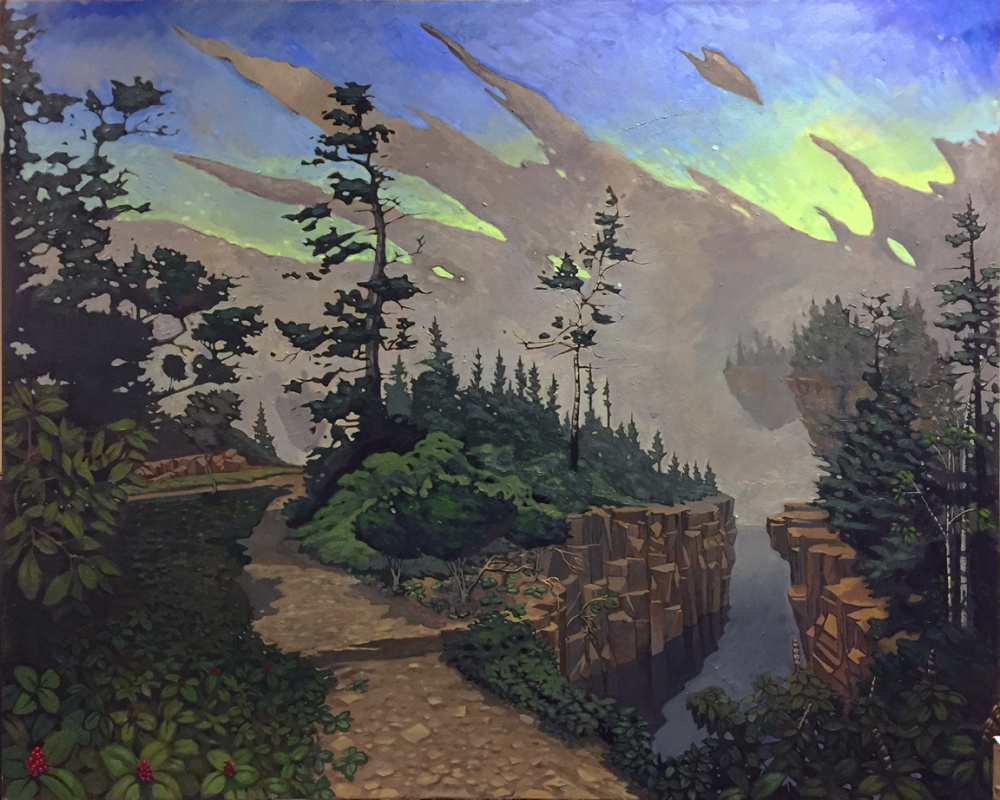
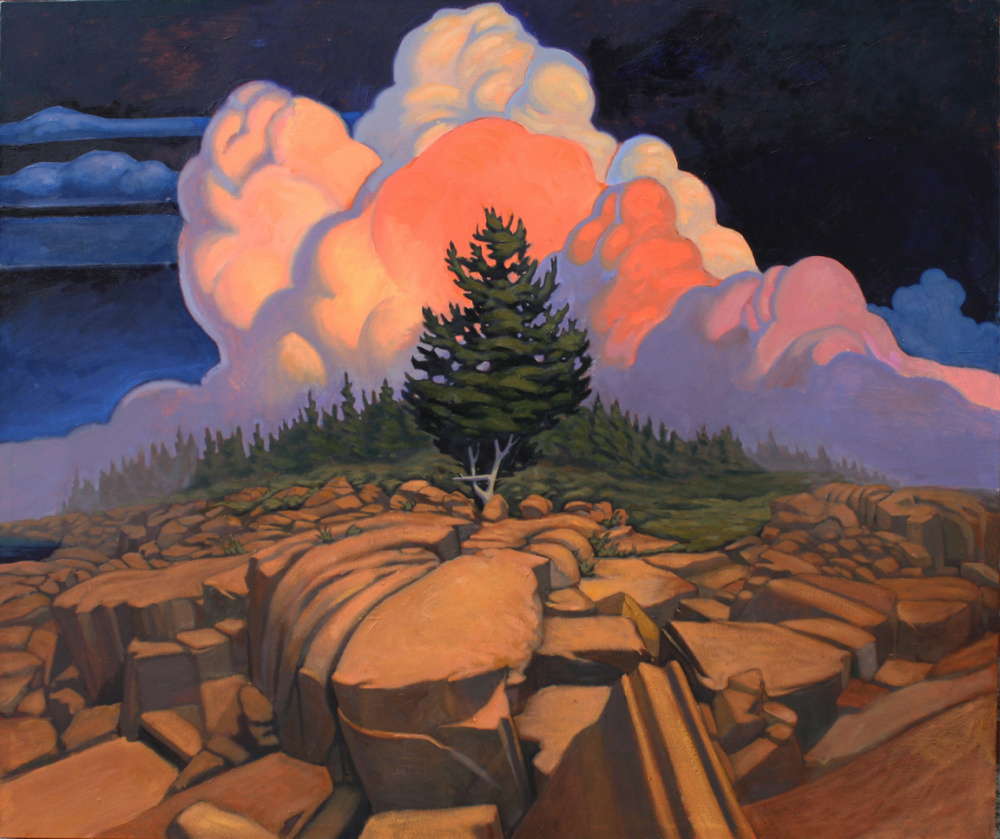
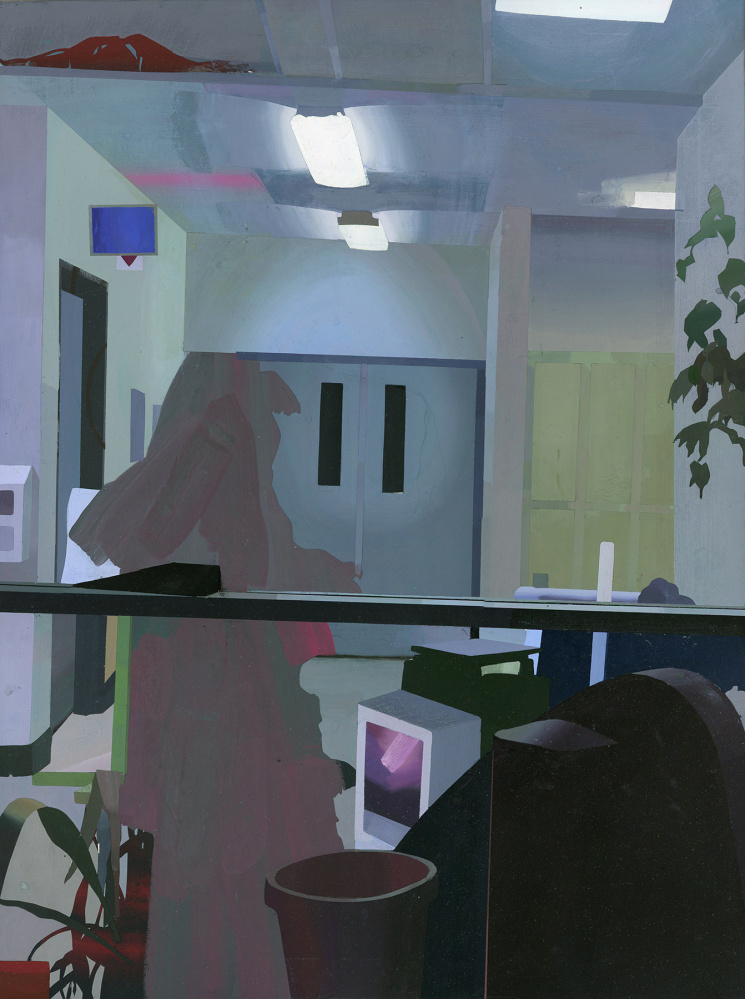
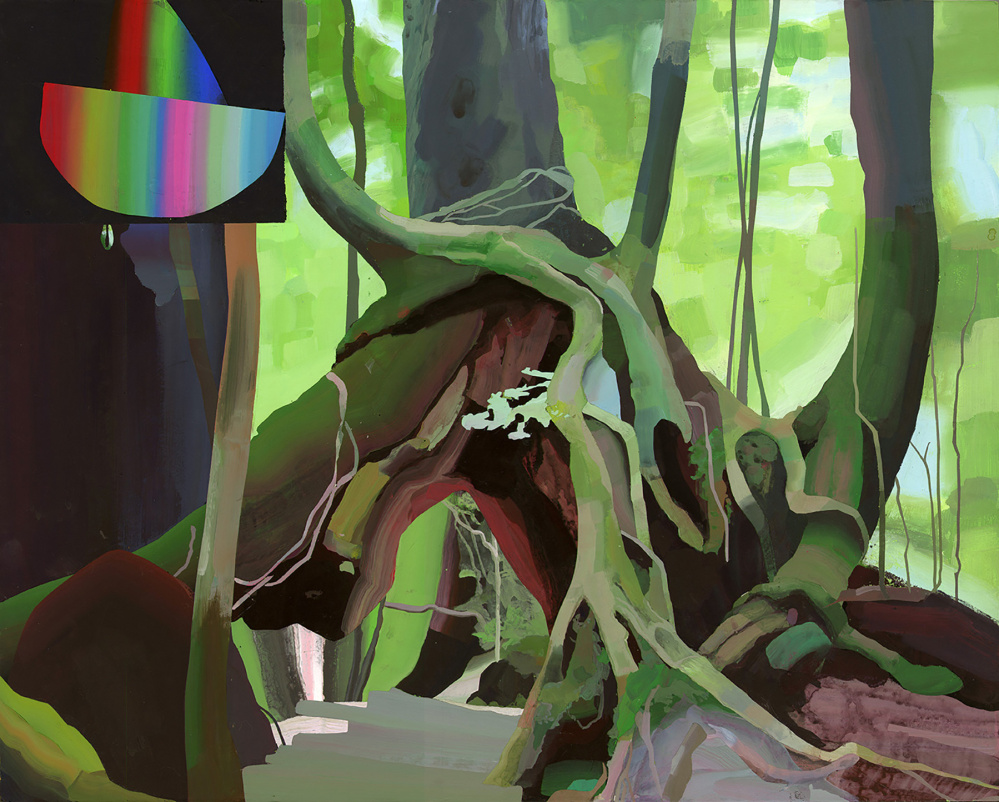
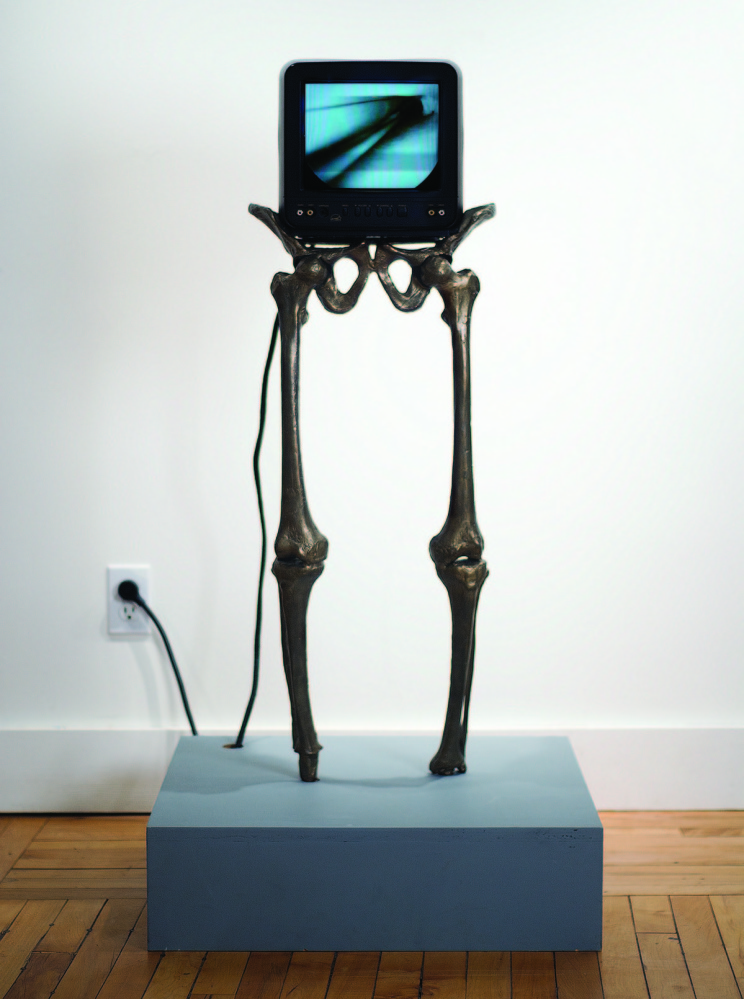
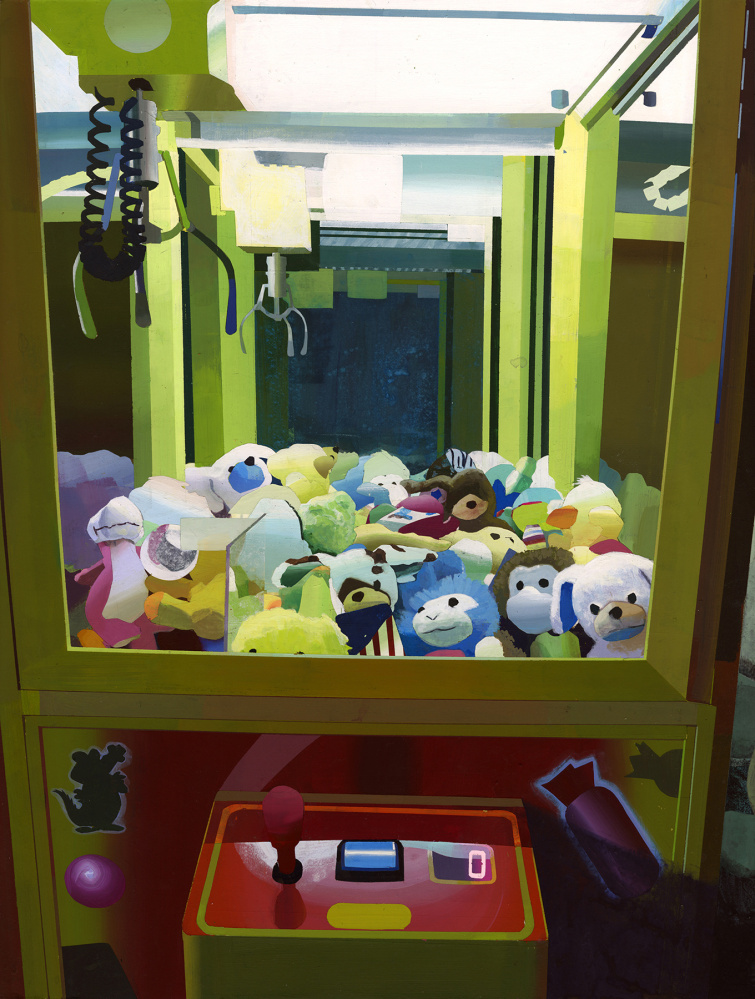

Success. Please wait for the page to reload. If the page does not reload within 5 seconds, please refresh the page.
Enter your email and password to access comments.
Hi, to comment on stories you must . This profile is in addition to your subscription and website login.
Already have a commenting profile? .
Invalid username/password.
Please check your email to confirm and complete your registration.
Only subscribers are eligible to post comments. Please subscribe or login first for digital access. Here’s why.
Use the form below to reset your password. When you've submitted your account email, we will send an email with a reset code.